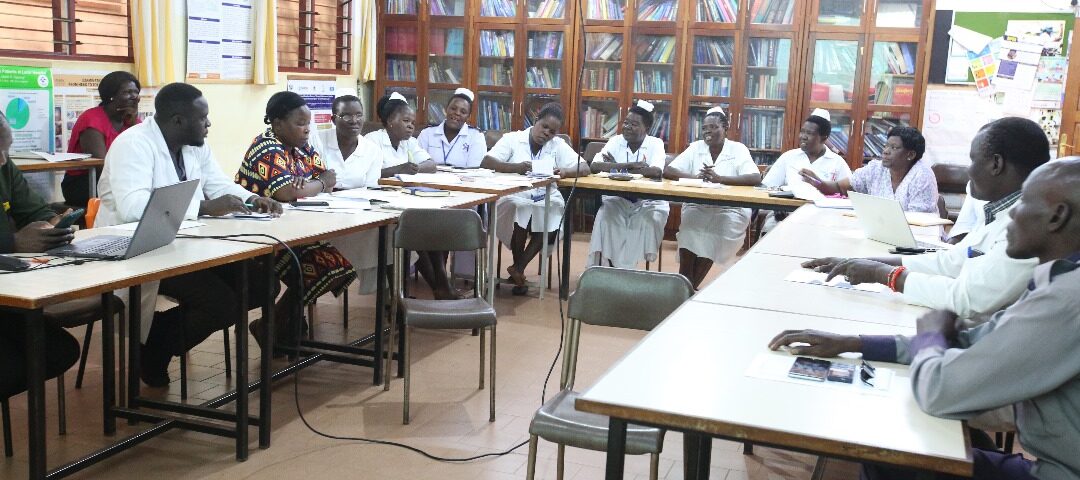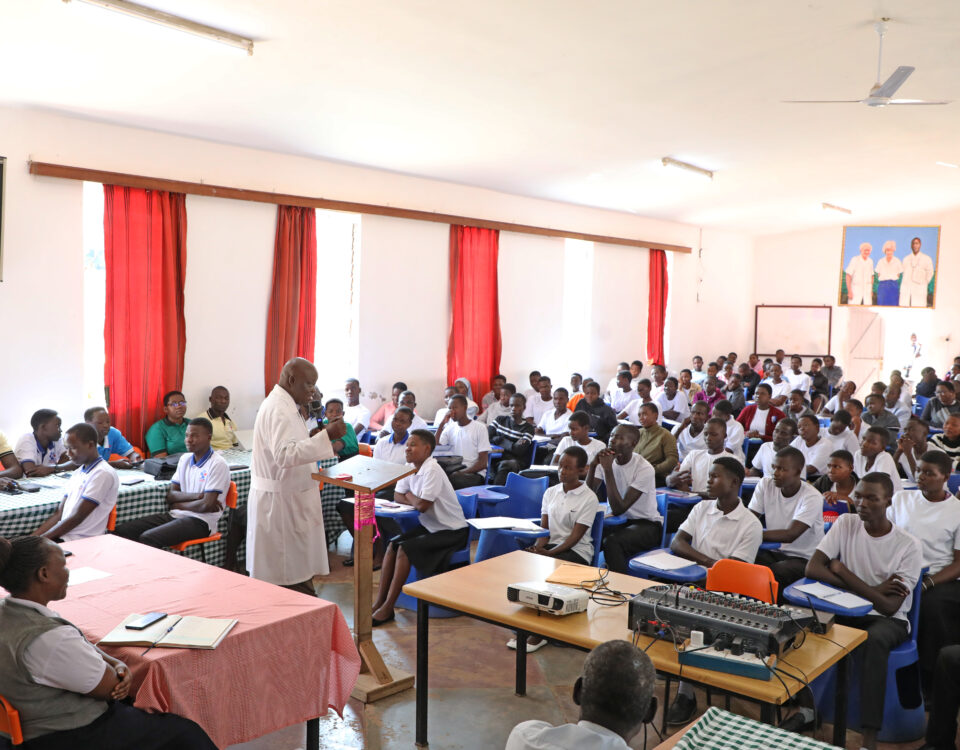Since July 2024, we embarked on a critical mission: to understand why some pregnant mothers and their babies were still dying, despite our best efforts. The goal was simple yet urgent: to uncover the root causes behind these losses and find actionable solutions that could save lives.
The journey began with a careful review of every case. What we found was sobering. Many maternal deaths were linked to complications such as late referrals, severe bleeding, abortion-related conditions, cardiac failure, anaemia, and brain damage. For babies – especially those who were stillborn or died shortly after birth-the causes were equally heart-breaking. Delays in seeking care, poor timing of interventions, a shortage of critical medical staff, and the absence of life-saving equipment all played a part. In some cases, essential drugs and supplies were unavailable when needed most.
But we did not stop at identifying the problems. Together, as a hospital team, we developed a plan to tackle each one head-on. We committed to improving our documentation so that no detail would be missed and no lesson would go unlearned. Staff training and capacity building became a top priority, ensuring that everyone- from nurses to surgeons – had the skills and knowledge to provide the highest quality of care for both mothers and newborns.
At the same time, we focused on making sure that vital equipment and supplies were always on hand, and that infection prevention measures were strictly followed. Our ICU care protocols were strengthened, and we began systematically identifying risks early during antenatal care. We refined our approach to managing blood loss and transfusions and worked to make referrals and emergency transports faster and more effective.
One of the most important insights came from looking beyond the walls of our hospital. We noticed that certain health centres had higher numbers of referrals with poor outcomes.
In response, we have strengthened our partnerships with Health centres like Light Ray, and St. Mauritz and have begun working with Gulu Regional Referral Hospital to ensure better coordination and faster referrals across the region. We also recognized the importance of separating data from our hospital cases and external referrals so we could have a clearer picture of our true performance and where further improvements were needed.
To drive immediate change, we implemented several key actions. Morning reviews of cases were reinforced so that critical information could be acted upon quickly. Data collection and entry processes were improved for greater accuracy. Referral forms were placed under the careful watch of a dedicated focal point. ICU management and review dates were tightened, and emergency blood transfusions were documented more thoroughly, including the underlying cause of anaemia in each case. We also addressed stock shortages by ensuring that crucial drugs like Ergometrine were consistently available.
The results of these efforts have already begun to show. Maternal and perinatal deaths at our hospital have significantly decreased by about 15%; a testament to the hard work and dedication of our staff, and to the power of collaboration. Above all, this journey has reminded us of an essential truth: saving lives requires teamwork. By strengthening every link in the chain of care- from the first health centre visit to the most complex ICU treatment – we can give every mother and baby the best possible chance at a healthy future.


